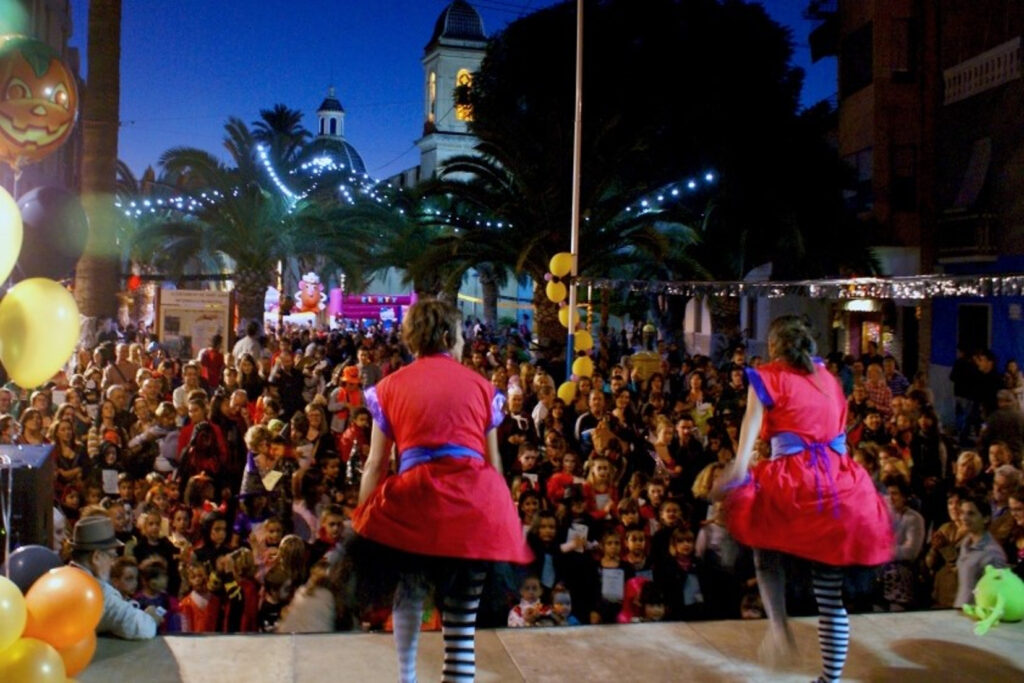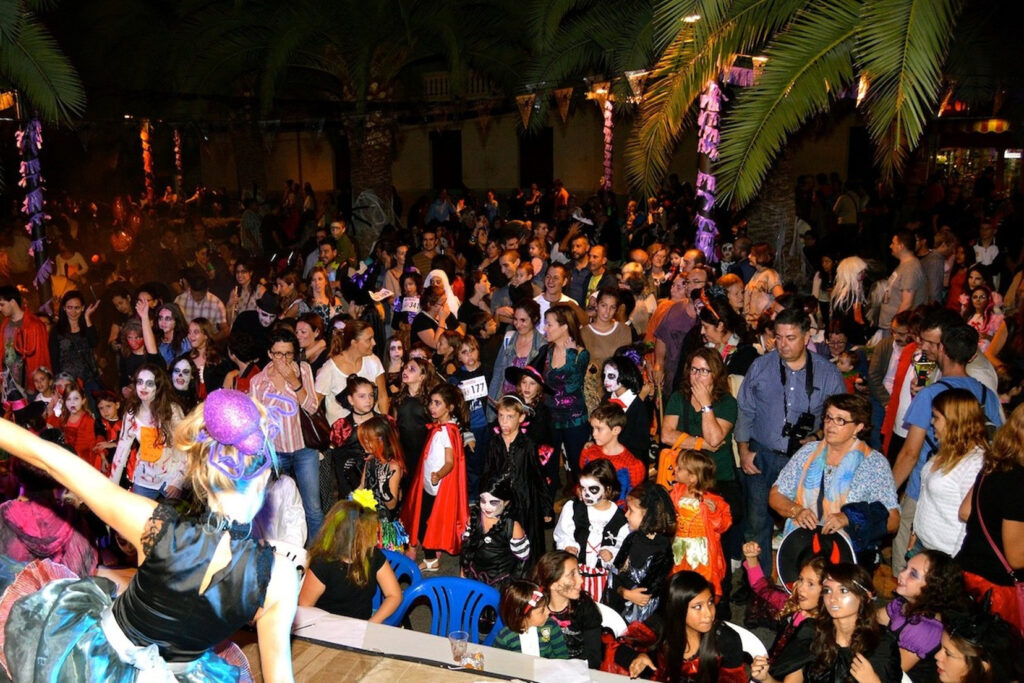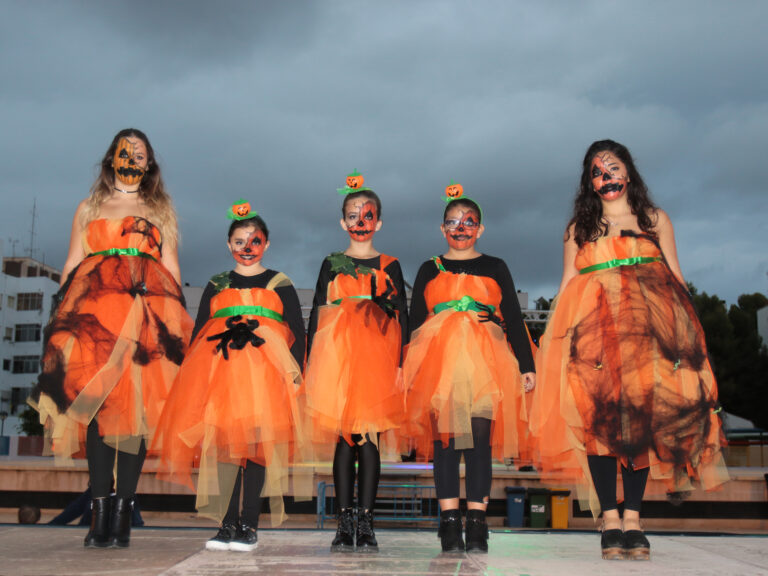Halloween
The Halloween festival is quite recent in our lands but it is syncretized with the Christian tradition of All Saints and the faithful dead. Like much of our celebrations, the origin of this festival is pagan and it was Christianized around the year 1000.
This celebration presents certain parallels with the Celtic ‘Samhain’, which was the beginning of the year for this culture in which the memory and presence of the spirits of the deceased were also invoked. The Romans also had a festival on this date: they celebrated Pomona, the goddess of fruit trees. In the Anglo-Saxon world, the tradition of All Hallows Even (All Saints’ Eve) would spread and would be imported to North America, where it mainly came to us from.


In this festival the pumpkin acquired great importance and represents the Irish legend of an evil character, Jack, who received the devil’s lantern to be able to guide himself through the afterlife since he could not go to heaven or hell. Another custom associated with Halloween and with a clear childish flavor was that children went to houses dressed for the occasion and asked for sweets or gifts from neighbors singing the well-known ‘trick or treat’, that is, or collaboration under blackmail or retaliation. .
We can distinguish two parts: the festive and secular part of Halloween on the afternoon of October 31, and the more religious part of the traditional Christian holiday, on November 1 and 2.

The Halloween party has been celebrated for some years in Sant Joan d’Alacant. In the afternoon, some activities take place for children, who come dressed in costumes and can enjoy snacks, puppet shows, workshops and inflatables. Other activities for young people and adults also take place, such as scary shorts and terrifying dances. At night the party continues with activities in which attendees dressed as terrifying characters attend the scheduled events such as the ‘zombie race’ that attracts a large audience and enjoys this terrifying and at the same time fun night.
The religious part of the Christian holiday begins on day 1 with the usual visit to the municipal cemetery, where family and friends come to place flowers or candles for their loved ones or share memories or experiences. In the afternoon, a mass takes place in the cemetery, beginning with the eve of All Souls’ Day, which ends with the first ‘toques a muerto’ until the evening. The next day is the typical day to go to church for the masses of remembrance of the deceased, to which many more than usual attend out of respect, remembrance, or even fear of alleged reprisals from their deceased relatives if they do not remember them. they.
